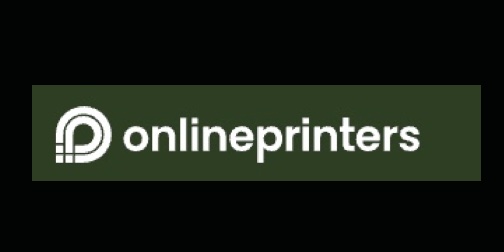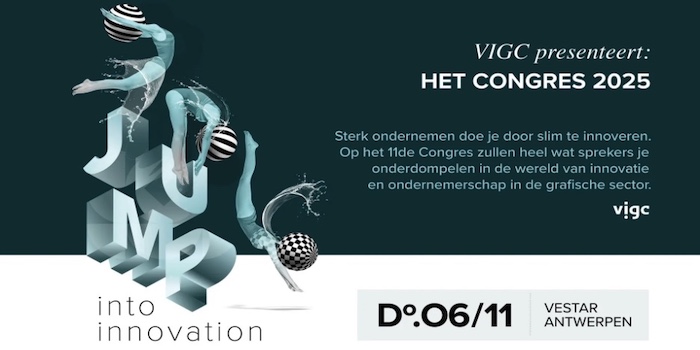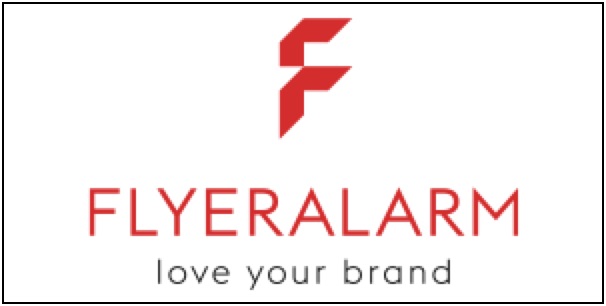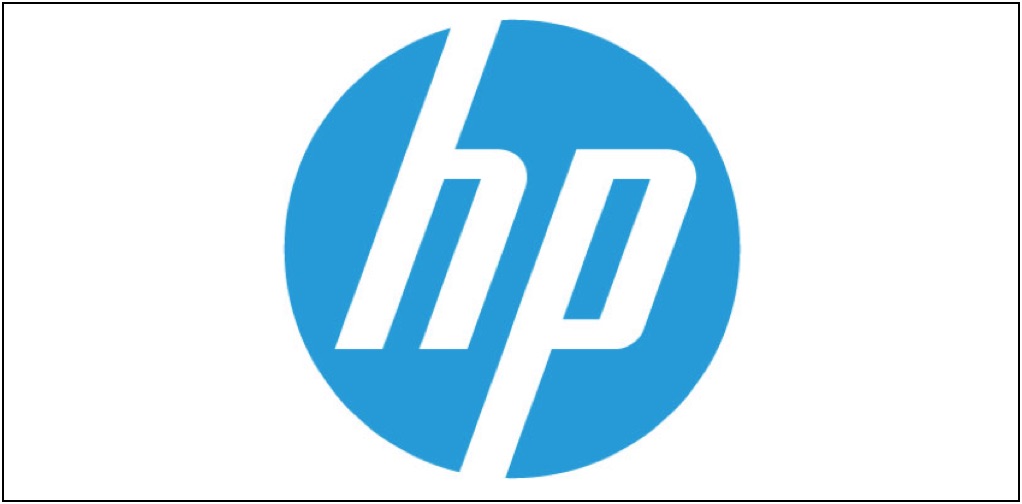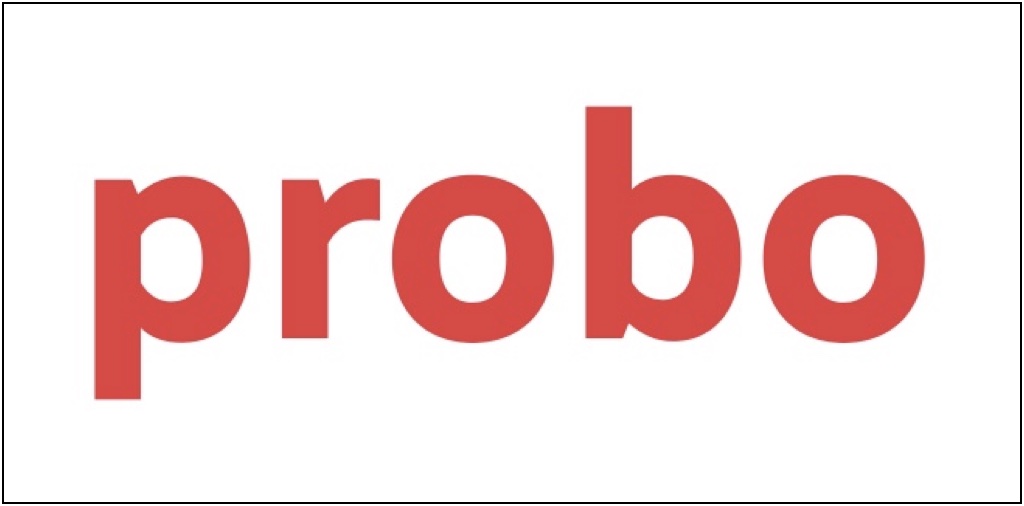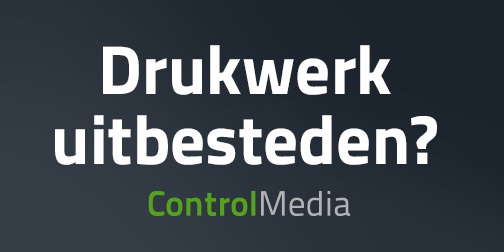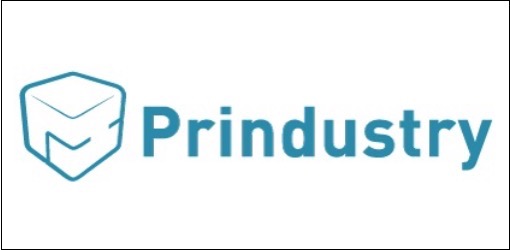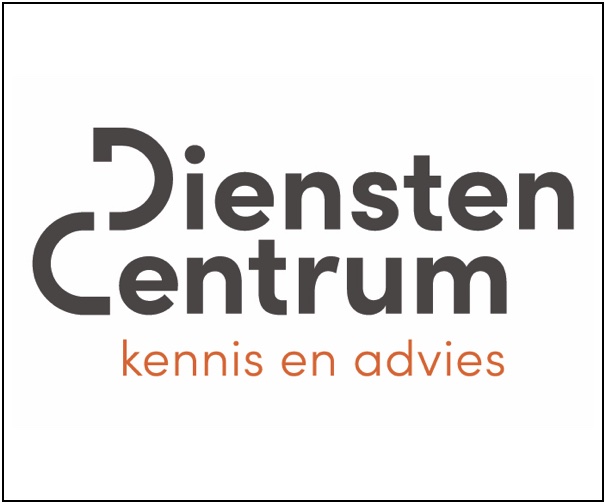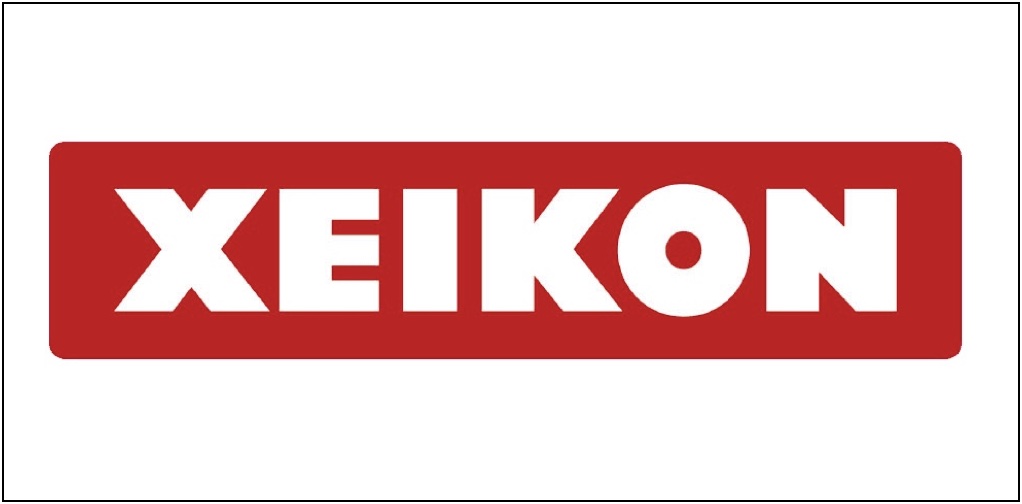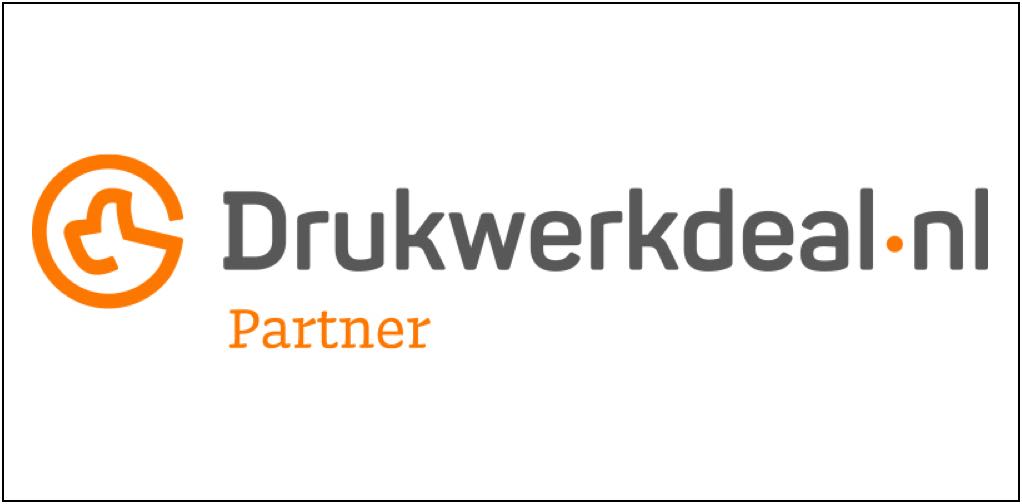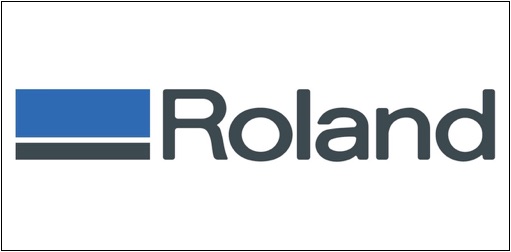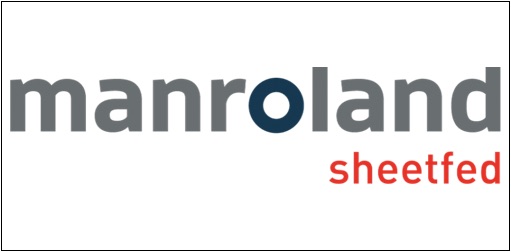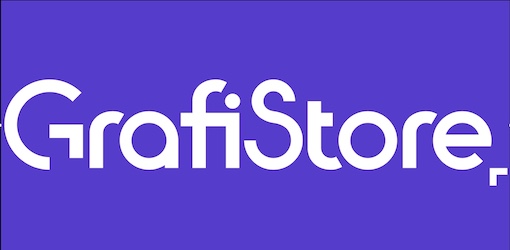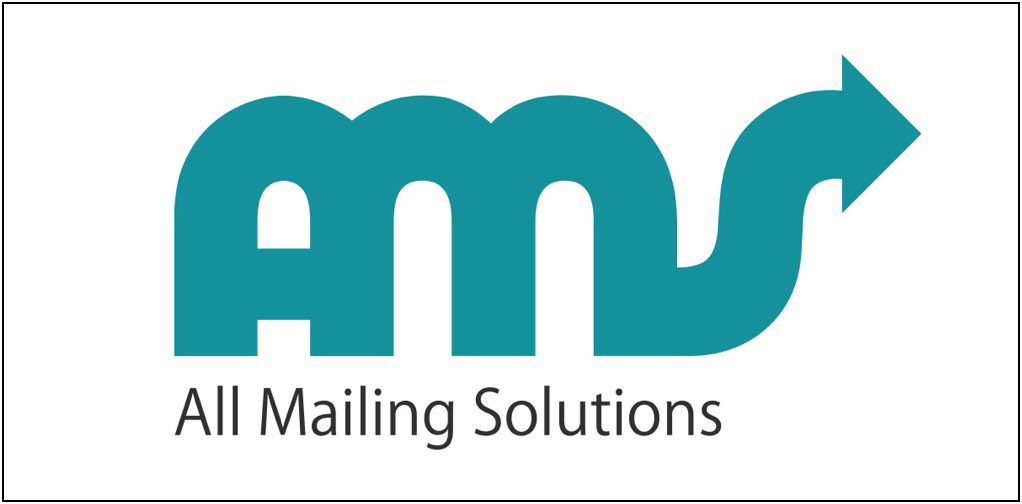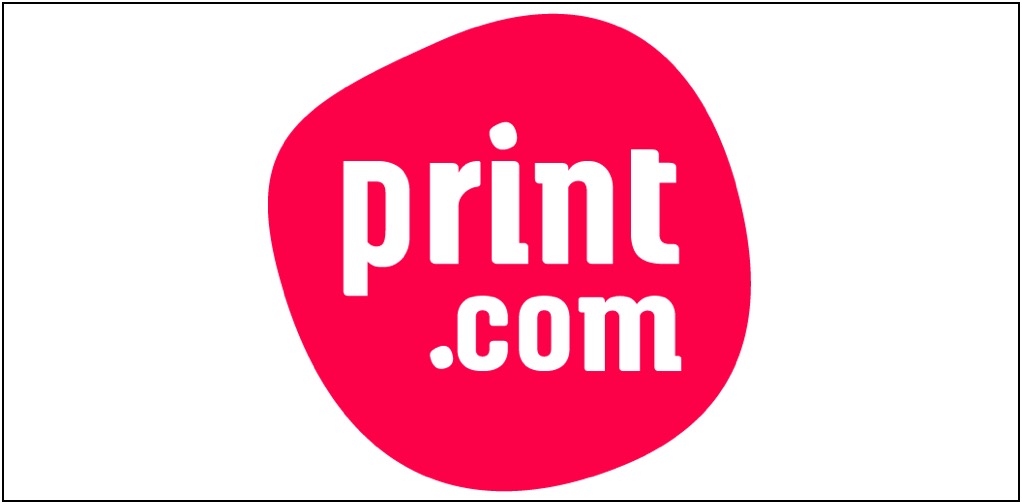Rob van den Braak
 On her blog, Margie Dana discusses a practical example of creative and effective print marketing. Templeton Offset Printing, a print shop in Massachusetts, USA, produces a small newsletter together with its client The Country Hen Farm. The newsletter is inserted into every box of eggs The Country Hen delivers. The newsletter featured a headline The Prince of Prints which gave information about Templeton Offset and The Country Hen´s satisfaction with the printer. A remarkable and effective PR campaign which resulted in quite a few leads and new clients, according to Margie Dana´s blog. The chicken or the egg?
On her blog, Margie Dana discusses a practical example of creative and effective print marketing. Templeton Offset Printing, a print shop in Massachusetts, USA, produces a small newsletter together with its client The Country Hen Farm. The newsletter is inserted into every box of eggs The Country Hen delivers. The newsletter featured a headline The Prince of Prints which gave information about Templeton Offset and The Country Hen´s satisfaction with the printer. A remarkable and effective PR campaign which resulted in quite a few leads and new clients, according to Margie Dana´s blog. The chicken or the egg?
Lees verder....
 Heidelberg became world famous for its presses which excelled in reliability and clever new technology. Heidelberg was the market leader and built a growing and loyal client base. The ´new´ Heidelberg will adopt a different strategy. With their “we care for you” campaign their focus will be on what the customer wants and on following market trends. But, do clients really know what they want and is it a good strategy to follow trends instead of creating them? From an investors´ point of view it is understandable that Heidelberg wants to be “more than machines”, another empty phrase in the press release, because service and supplies is where the money is. It is a shame that a company that brought us the Heidelberg jobbing and cylinder presses, the fastest and best relief presses ever, by means of the GTO Di showed us what digital can do for the print industry and delivered the efficient Speedmaster series offset presses which still deliver high quality prints, apparently does not see a role for itself in building the next generation of digital presses. What remains are co-operations with digital pioneers who are more than happy to make us of Heidelberg´s expertise. Writing on the wall is the fact that next year HP will have more Drupa square meters technology than Heidelberg. The times that we would first visit Hall 1 to see the newest developments seems to be behind us. Printers can only hope that Heidelberg will not forget technology and will continue to surprise us.
Heidelberg became world famous for its presses which excelled in reliability and clever new technology. Heidelberg was the market leader and built a growing and loyal client base. The ´new´ Heidelberg will adopt a different strategy. With their “we care for you” campaign their focus will be on what the customer wants and on following market trends. But, do clients really know what they want and is it a good strategy to follow trends instead of creating them? From an investors´ point of view it is understandable that Heidelberg wants to be “more than machines”, another empty phrase in the press release, because service and supplies is where the money is. It is a shame that a company that brought us the Heidelberg jobbing and cylinder presses, the fastest and best relief presses ever, by means of the GTO Di showed us what digital can do for the print industry and delivered the efficient Speedmaster series offset presses which still deliver high quality prints, apparently does not see a role for itself in building the next generation of digital presses. What remains are co-operations with digital pioneers who are more than happy to make us of Heidelberg´s expertise. Writing on the wall is the fact that next year HP will have more Drupa square meters technology than Heidelberg. The times that we would first visit Hall 1 to see the newest developments seems to be behind us. Printers can only hope that Heidelberg will not forget technology and will continue to surprise us.
Lees verder....
 Wereldberoemd werd Heidelberg met zijn drukpersen, persen die uitblonken in betrouwbaarheid en de slimme toepassingen van de nieuwste technieken. Daarmee liep het voorop en bouwde het een groeiend en trouw klantenbestand. Het ‘nieuwe’ Heidelberg gaat een andere richting in. Onder de kreet “we care for you’ zal volgens het persbericht de komende jaren de focus liggen op wat de klant wil en wat de market trends zijn. Alsof klanten inzicht hebben in wat nieuwe technieken voor hun kunnen betekenen en of het slim is market trends te volgen in plaats van die te creëren. Vanuit investeerders oogpunt is het begrijpelijk dat Heidelberg meer wil zijn dan machines, een andere loze kreet in het persbericht, want in service en supplies zit nu de winst. Wat jammer is dat een bedrijf dat ons de Heidelberg degel- en cilinderpersen bracht, de snelste en beste hoogdrukpersen ooit, met de GTO Di liet zien wat digitaal kon betekenen voor de grafische industrie en met de Speedmaster serie offsetdrukkers productieve persen leverde die nog steeds winstgevende hoge kwaliteit afdrukken maken, voor zichzelf geen rol ziet in het maken van de volgende generatie digitale persen. Wat overblijft zijn samenwerkingen met digitale pioniers die graag gebruik maken van de expertise en know-how van de persenbouwer. Teken aan de wand is dat HP op de Drupa volgend jaar meer vierkante meters techniek heeft dan Heidelberg en de grootste exposant zal zijn. Voorbij is de tijd dat je als eerste naar hal 1 ging om te zien wat de nieuwste ontwikkelingen in drukkersland zijn. Als drukker kun je dan ook alleen maar hopen dat Heidelberg de techniek niet vergeet en ons toch zal verassen op Drupa 2016.
Wereldberoemd werd Heidelberg met zijn drukpersen, persen die uitblonken in betrouwbaarheid en de slimme toepassingen van de nieuwste technieken. Daarmee liep het voorop en bouwde het een groeiend en trouw klantenbestand. Het ‘nieuwe’ Heidelberg gaat een andere richting in. Onder de kreet “we care for you’ zal volgens het persbericht de komende jaren de focus liggen op wat de klant wil en wat de market trends zijn. Alsof klanten inzicht hebben in wat nieuwe technieken voor hun kunnen betekenen en of het slim is market trends te volgen in plaats van die te creëren. Vanuit investeerders oogpunt is het begrijpelijk dat Heidelberg meer wil zijn dan machines, een andere loze kreet in het persbericht, want in service en supplies zit nu de winst. Wat jammer is dat een bedrijf dat ons de Heidelberg degel- en cilinderpersen bracht, de snelste en beste hoogdrukpersen ooit, met de GTO Di liet zien wat digitaal kon betekenen voor de grafische industrie en met de Speedmaster serie offsetdrukkers productieve persen leverde die nog steeds winstgevende hoge kwaliteit afdrukken maken, voor zichzelf geen rol ziet in het maken van de volgende generatie digitale persen. Wat overblijft zijn samenwerkingen met digitale pioniers die graag gebruik maken van de expertise en know-how van de persenbouwer. Teken aan de wand is dat HP op de Drupa volgend jaar meer vierkante meters techniek heeft dan Heidelberg en de grootste exposant zal zijn. Voorbij is de tijd dat je als eerste naar hal 1 ging om te zien wat de nieuwste ontwikkelingen in drukkersland zijn. Als drukker kun je dan ook alleen maar hopen dat Heidelberg de techniek niet vergeet en ons toch zal verassen op Drupa 2016.
Lees verder....
 The Screen L350uv combines the speed of flexo with the flexibility of digital. 50 meters a minute without start up time or plate costs.
The Screen L350uv combines the speed of flexo with the flexibility of digital. 50 meters a minute without start up time or plate costs.
On top of that you can use standard flexo materials without having to use an expensive primer.
Another advantage is that tests have proven that the CMYK inks used by Screen have a unique colour spectrum, 25% larger than the market leader of digital label printing. All in all ideal to match your client´s Pantone colours at full speed without having to use extra colours.
Need more convincing? Request samples via email at wim.koning@screeneurope.com
Lees verder....
 De Screen L350uv combineert de snelheid van flexo met de flexibiliteit van digitaal. 50 meter per minuut zonder opstarttijd en of plaatkosten.
De Screen L350uv combineert de snelheid van flexo met de flexibiliteit van digitaal. 50 meter per minuut zonder opstarttijd en of plaatkosten. For people on the outside it seems an excruciatingly slow process before an ISO standard for the measurement of CO2 emissions for our industry is established. In her Verdigris blog Laurel Brunner explains why it takes so long, and, at least as important, the advantages of such standard for our industry, once it is ready.
For people on the outside it seems an excruciatingly slow process before an ISO standard for the measurement of CO2 emissions for our industry is established. In her Verdigris blog Laurel Brunner explains why it takes so long, and, at least as important, the advantages of such standard for our industry, once it is ready.
Lees verder....
 The work of ISO is often seen as being grindingly slow and not always effective. But that’s the way of consensus building. It takes time and it’s a process that allows documents to mature as they evolve, taking everyone’s input into account and ideally reflecting it in the work. Often the end result is very different to what was envisaged at the start, which means many standards are well developed and robust. The process can be agony, especially for environmental standards. But despite its effectiveness, slow development of environment standards is not good enough.
The work of ISO is often seen as being grindingly slow and not always effective. But that’s the way of consensus building. It takes time and it’s a process that allows documents to mature as they evolve, taking everyone’s input into account and ideally reflecting it in the work. Often the end result is very different to what was envisaged at the start, which means many standards are well developed and robust. The process can be agony, especially for environmental standards. But despite its effectiveness, slow development of environment standards is not good enough.
ISO recognises this and has set up a Climate Change Co-ordinating Committee (CCCC), made up of various experts half of whom represent external stakeholders, such as governments and industry. Needless to say there is no representative of the printing and publishing industries in the cohort. The goal of the CCCC is to “advance climate change adaptation and mitigation efforts worldwide” and throughout 2015 the group is reviewing existing ISO standards related to climate change. They are surveying selected experts and companies in order to gauge how climate change standards, such as the ISO 14000 series, are being used.
The CCCC is also trying to work out what developing countries require when it comes to climate change standards, although this is arguably a matter more for individual countries than for ISO. A roadmap is also under development and ISO is working on collaborations with international climate organisations. They want further input and participation and to be able to provide advice on how best to coordinate with other environmental organisations.
This is all terribly worthy stuff but like so many of these things it’s at risk of becoming self-serving. It’ll keep career bureaucrats busy, but what can the CCCC achieve without concrete targets and goals? One such should be to require all ISO technical committees to consider environmental impact within their area of work.
Currently the environment and Greenhouse Gas management standards are the preserve of a dedicated technical committee. This reflects an unfortunate reality: climate change and environmental management are seen as something independent of everything else, but the environment is not a vertical topic. It is a horizontal one because the environment affects all aspects of social, economic, commercial and political life. Treating environmental matters as the preserve of environmentalists, is a mistake which requires organisations such as ISO to help rectify. All ISO technical committees should be considering what their sector or area of work needs with regard to environmental standards that help mitigate climate change. Fortunately ISO TC130, the committee serving the printing and publishing industries, has done this so progress with environmental standards for print is slowly but steadily being made.
Laurel Brunner

This blog has been made possible by: Agfa Graphics (www.agfa.com), Digital Dots (http://digitaldots.org), drupa (www.drupa.com), EFI (www.efi.com), Fespa (www.fespa.com), Heidelberg (www.uk.heidelberg.com), Kodak (www.kodak.com/go/sustainability), Mondi (www.mondigroup.com/products), Pragati Offset (www.pragati.com), Ricoh (www.ricoh.com), Shimizu Printing (www.shzpp.co.jp), Splash PR (www.splashpr.co.uk), Unity Publishing (http://unity-publishing.co.uk) and Xeikon (www.xeikon.com).
Blokboek.com is the Dutch media partner of Verdrigris, a non-profit initiative which aims to realistically chart the real footprint of printing and which helps companies and organisations to lower that footprint. More information about Verdrigris can be found via this link.
 Voor ons buitenstaanders lijkt het jaren te duren voor er eindelijk een ISO standaard is waarmee we de CO2 uitstoot van onze industrie kunnen meten. In haar Verdigris Blog op onze artikelenpagina legt Laurel Brunner uit waarom een dergelijke standaard zoveel tijd kost en, zeker zo belangrijk, welk voordeel de standaard, als hij eindelijk klaar is, heeft voor de grafische industrie.
Voor ons buitenstaanders lijkt het jaren te duren voor er eindelijk een ISO standaard is waarmee we de CO2 uitstoot van onze industrie kunnen meten. In haar Verdigris Blog op onze artikelenpagina legt Laurel Brunner uit waarom een dergelijke standaard zoveel tijd kost en, zeker zo belangrijk, welk voordeel de standaard, als hij eindelijk klaar is, heeft voor de grafische industrie.
Lees verder....
 The work of ISO is often seen as being grindingly slow and not always effective. But that’s the way of consensus building. It takes time and it’s a process that allows documents to mature as they evolve, taking everyone’s input into account and ideally reflecting it in the work. Often the end result is very different to what was envisaged at the start, which means many standards are well developed and robust. The process can be agony, especially for environmental standards. But despite its effectiveness, slow development of environment standards is not good enough.
The work of ISO is often seen as being grindingly slow and not always effective. But that’s the way of consensus building. It takes time and it’s a process that allows documents to mature as they evolve, taking everyone’s input into account and ideally reflecting it in the work. Often the end result is very different to what was envisaged at the start, which means many standards are well developed and robust. The process can be agony, especially for environmental standards. But despite its effectiveness, slow development of environment standards is not good enough.
ISO recognises this and has set up a Climate Change Co-ordinating Committee (CCCC), made up of various experts half of whom represent external stakeholders, such as governments and industry. Needless to say there is no representative of the printing and publishing industries in the cohort. The goal of the CCCC is to “advance climate change adaptation and mitigation efforts worldwide” and throughout 2015 the group is reviewing existing ISO standards related to climate change. They are surveying selected experts and companies in order to gauge how climate change standards, such as the ISO 14000 series, are being used.
The CCCC is also trying to work out what developing countries require when it comes to climate change standards, although this is arguably a matter more for individual countries than for ISO. A roadmap is also under development and ISO is working on collaborations with international climate organisations. They want further input and participation and to be able to provide advice on how best to coordinate with other environmental organisations.
This is all terribly worthy stuff but like so many of these things it’s at risk of becoming self-serving. It’ll keep career bureaucrats busy, but what can the CCCC achieve without concrete targets and goals? One such should be to require all ISO technical committees to consider environmental impact within their area of work.
Currently the environment and Greenhouse Gas management standards are the preserve of a dedicated technical committee. This reflects an unfortunate reality: climate change and environmental management are seen as something independent of everything else, but the environment is not a vertical topic. It is a horizontal one because the environment affects all aspects of social, economic, commercial and political life. Treating environmental matters as the preserve of environmentalists, is a mistake which requires organisations such as ISO to help rectify. All ISO technical committees should be considering what their sector or area of work needs with regard to environmental standards that help mitigate climate change. Fortunately ISO TC130, the committee serving the printing and publishing industries, has done this so progress with environmental standards for print is slowly but steadily being made.
Laurel Brunner

Dit blog wordt mogelijk gemaakt dankzij de bijdrage van: Agfa Graphics (www.agfa.com), Digital Dots (http://digitaldots.org), drupa (www.drupa.com), EFI (www.efi.com), Fespa (www.fespa.com), Heidelberg (www.uk.heidelberg.com), Kodak (www.kodak.com/go/sustainability), Mondi (www.mondigroup.com/products), Pragati Offset (www.pragati.com), Ricoh (www.ricoh.com), Shimizu Printing (www.shzpp.co.jp), Splash PR (www.splashpr.co.uk), Unity Publishing (http://unity-publishing.co.uk) and Xeikon (www.xeikon.com).
BlokBoek.com is de Nederlandse media-partner van Verdigris, een non-profit initiatief dat de werkelijke voetprint van druk- en printwerk die drukwerk achterlaat eerlijk in kaart wil brengen en dat bedrijven en organisatie steunt om die voetprint te verlagen.
Meer informatie over Verdigris vindt je via deze link.
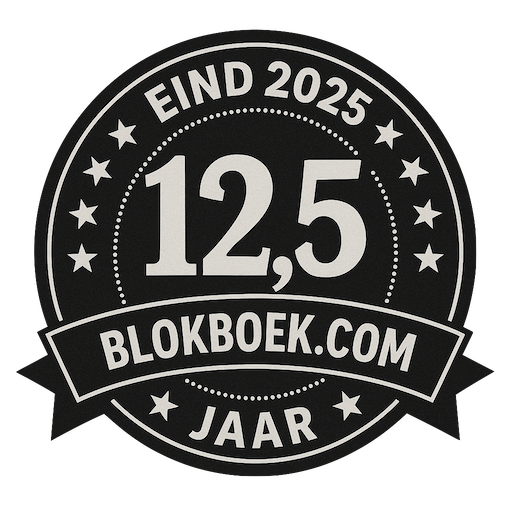
De trainingen voor 2022 staan gereed. Kijk voor het volledige online aanbod van bestaande- en nieuwe trainingen op de website.
BLOKBOEK.COM EN PRINTMEDIANIEUWS: HET OPTIMALE DOELGROEP BEREIK

 Andreas Weber, een bekende Duitse media-consultant en journalist heeft een project gestart om de ‘kunst’ van drukken onder de aandacht van een breed publiek te brengen. Samen met de Chinese professor Dr. Ying Lin-Sill stelt hij een tentoonstelling samen met voorbeelden van Duitse en Chinese kunstenaars die de drukkunst gebruikten of gebruiken voor hun werk. Om dit ambitieuze project mogelijk te maken zoekt Andreas sponsors via Indiegogo. Het Chinese gedeelte van het project heeft al voldoende fondsen geworven en de tentoonstelling gaat zeker door. Meer informatie over dit project vind je
Andreas Weber, een bekende Duitse media-consultant en journalist heeft een project gestart om de ‘kunst’ van drukken onder de aandacht van een breed publiek te brengen. Samen met de Chinese professor Dr. Ying Lin-Sill stelt hij een tentoonstelling samen met voorbeelden van Duitse en Chinese kunstenaars die de drukkunst gebruikten of gebruiken voor hun werk. Om dit ambitieuze project mogelijk te maken zoekt Andreas sponsors via Indiegogo. Het Chinese gedeelte van het project heeft al voldoende fondsen geworven en de tentoonstelling gaat zeker door. Meer informatie over dit project vind je  Met “Maak Plaats” hebben de nu in New York werkenden Nederlandse ontwerpers Alfons Hooikaas en Florian Mewes Amerikanen laten zien dat een officiële publicatie niet saai hoeft te zijn. Maak Plaats geeft ambtenaren uit Noord Holland informatie over het beter gebruik maken van de vervoer infrastructuren in die provincie. Met collages, illustraties, baanbrekende typografie en het gebruik van fluoriserende inkten maakten de twee een publicatie die terecht door Co.Design als een schoolvoorbeeld van hoe officiële publicaties er uit kunnen zien wordt aangehaald.
Met “Maak Plaats” hebben de nu in New York werkenden Nederlandse ontwerpers Alfons Hooikaas en Florian Mewes Amerikanen laten zien dat een officiële publicatie niet saai hoeft te zijn. Maak Plaats geeft ambtenaren uit Noord Holland informatie over het beter gebruik maken van de vervoer infrastructuren in die provincie. Met collages, illustraties, baanbrekende typografie en het gebruik van fluoriserende inkten maakten de twee een publicatie die terecht door Co.Design als een schoolvoorbeeld van hoe officiële publicaties er uit kunnen zien wordt aangehaald.
